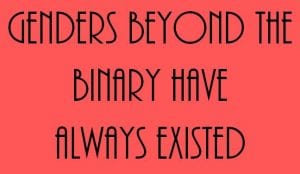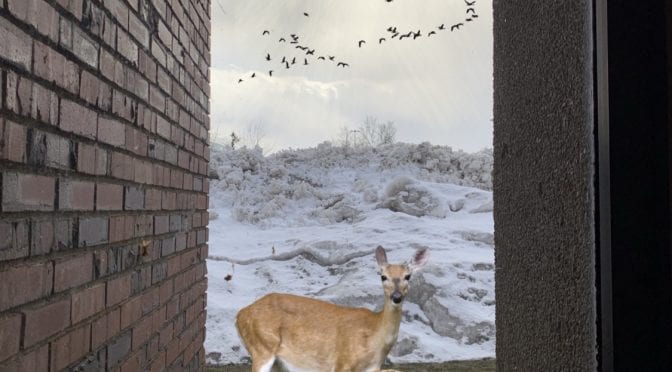The colonial mindset has caused not only destruction to the indigenous lives that once lived on the land but also the connection between the land and the people on it. We begin the photo essay with the dark cloud of colonialism, rushing past the once indigenous lands of the Lenape tribe. Along with them, they take as they wish and do as they please never giving back to the land or listening to it. They, the colonizers, bring with them the idea of superiority, caused them to overlook the importance of working with the planet and giving back what we take from it. I took the first picture while the sun was setting by the Sugorner Truth Library at SUNY New Paltz.
As the colonizers moved on and wiped out the indigenous people, they also caused an extinction of indigenous culture and ideas amongst themselves. We see the aftermath of this in our own disconnect from nature, living in homes, apartments and other living quarters that have rearranged the very land they sit on to make way for the white colonial mindset and living style. The land is leveled and the house’s foundation poured onto the land indefinitely, as the concrete of the foundation distorts the land’s view indefinitely. The timber used in the framing of the house is brought out from other parts of the country or world, and often times not replaced or replenished. The rest of the materials for the house are sourced similarly, through the world market, from different places across the globe with no care for the land or people it is taken from.
The picture is one of my own watercolors that I did in high school when I studied art. I was reminded of it when I thought about disconnecting from nature. The flower seems to be in constant motion and in a constant struggle for a center it can no longer find. The center has been lost due to an overemphasis of the self and not the “we” that has been brought about by colonialism and perpetuated with their ideas of market-driven economies, individual success, and desire to create a product, no matter the physical, emotional or environmental cost.
We are in the wilderness that we have slowly torn down, but are met with a path. A choice, to stay on the path imposed on us or choose to change our mindset to that of the wiser elders that lived before us. To continue to destroy the land in which we inhabit, and therefore destroying ourselves or to learn to care about the land which we occupy. Although it is easier to stay on the path that colonialism has imposed we should challenge that thought and push to see the world in a different light.
The bee is one of the hardest workings insects on our planet. Delivering pollen to other flowers and also making honey for themselves. Yet, they are also the most overlooked; with pesticides causing them the most harm and lack of adequate flowers causing them exhaustion from their journies. Yet these bees are interconnected in each of own lives in ways that we could not imagine. What would happen if we chose to see the interconnectedness of the lives they lived with us? Would we reject the settler idea of taking what is not ours? Would we be more adamant about giving back to the planet in which we live? Or giving back to ourselves when we expend ourselves too much. Or giving back to our communities that have raised us up and taught us what we know.
This image is one I made in high school as well when I was working on my portfolio. The idea is to illustrate the fluidity of nature and science, which is much like the fluidity between nature and our own selves because we are a part of nature.
The last image, although it is during a sunset, reminded me more of a sunrise and the possibilities that we, as a society, have when embracing a different mindset. If we chose to learn from those who lived on the lands before us and choose to give back to our planet, our communities, and ourselves. We should not, however, claim these indigenous ideas as our own, as this would continue the white capitalistic colonizer mindset. We can, however, acknowledge and credit the indigenous people who appreciated the land before us. By learning to live with more care for the earth we inhabit and the people we inhabit it with we can put an end to the consumerist colonial ideal. This process will take time, but giving back to the planet and taking less from it could be a start. Having a garden and learning the value of growing food, but also leaning that if you care about the world it gives back to you (in the form of food). Learning which plants to mix with each other to not deplete the soil of nutrients but also giving the earth back what it made (in the form of compost) so that it can give back to us. This is just one way of reconnecting with the land that we once used to live with and not on. If we as a society choose to give back we will not only enjoy the benefits but also become more appreciative and understanding of where and who we live with.








